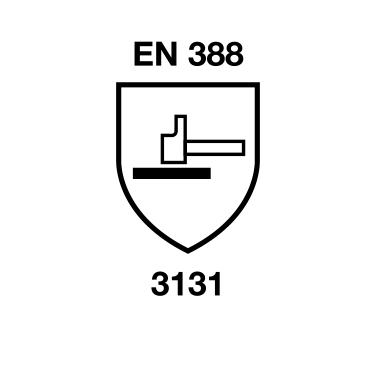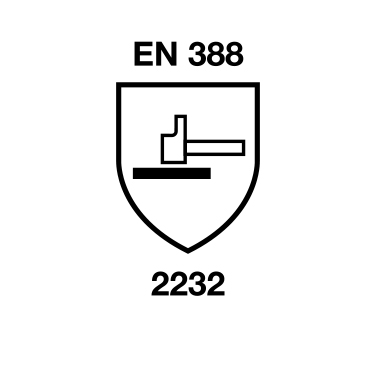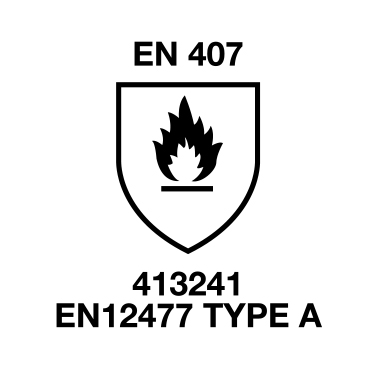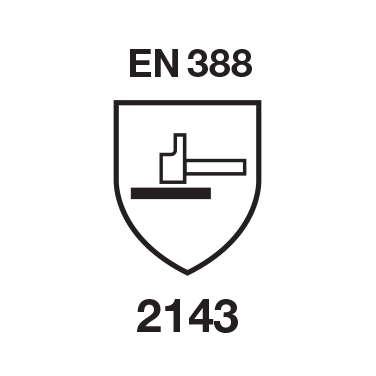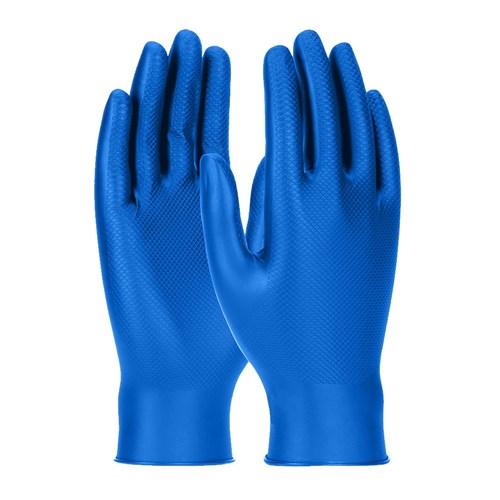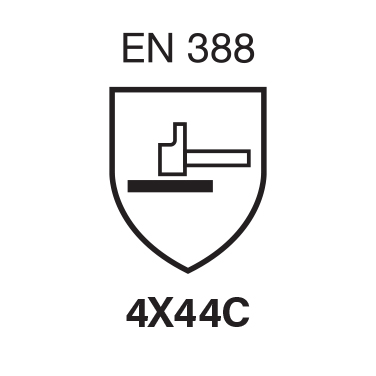Ensuring Safety with Superior Hand Protection
A Guide to Hand Protection
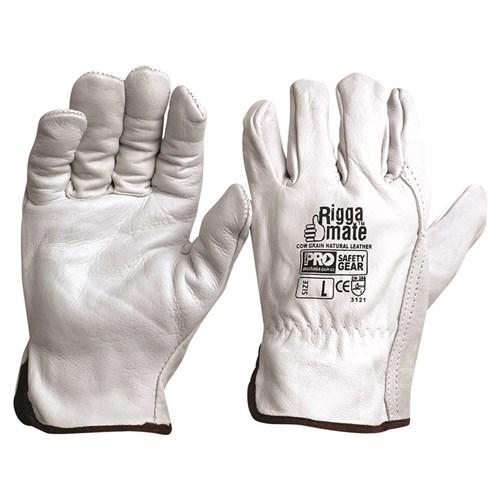
AUSTRALIAN STANDARDS FOR HAND PROTECTION
The Australian / NZ Standard is AS/NZS 2161.
Historically, when developing and updating many Australian & New Zealand Standards (AS/NZS) for hand protection, Standards Australia have turned to their European (CE) counterparts and have adopted their standards for Australia. Additionally, standards developed by the International Organization for Standardization (ISO), of which Standards Australia is a member, have also been adopted.
CUT RESISTANCE LEVELS
The cut levels for gloves under the old EN 388:2003 standard used a different scale than the updated EN 388:2016 standard. The old EN 388:2003 standard classified cut resistance into levels ranging from 1 to 5, with each level representing a specific range of cut resistance.
The EN 388:2016 standard replaced this system with a more precise testing method using the ISO 13997 test. In this updated system, cut resistance is rated on a different scale (A through F) which provides a more accurate measurement of cut resistance when it comes to hand protection.
NEW STANDARD CUT RATINGS
Gloves can withstand a cutting force of 2 – 4.9 newtons (204 – 508 grams)
This is the lowest cut resistance level and indicates that the gloves offer basic protection against cuts and abrasions
Gloves can withstand a cutting force of 5 – 9.9 newtons (509 – 1019 grams)
This level of protection is suitable for tasks that involve a moderate risk of cuts and abrasions, offering more durability and safety than Level A gloves.
Gloves can withstand a cutting force of 10 – 14.9 newtons (1020 – 1529 grams)
These gloves are suitable for tasks with a higher risk of cuts and abrasions. They are commonly used in industries such as manufacturing, construction, and logistics, where handling sharp materials or tools is common.
Gloves can withstand a cutting force of 15 – 21.9 newtons (1530 – 2242 grams)
This level of cut resistance is suitable for tasks involving a significant risk of cuts and abrasions, such as handling sharp-edged materials, tools, or machinery
Gloves can withstand a cutting force of 22 – 29.9 newtons (2243 – 3058 grams)
This level of protection is often used in industries where workers are exposed to sharp objects or high-risk environments, such as heavy manufacturing, construction, or metal handling.
Gloves can withstand a cutting force of 30+ newtons (3059+ grams)
These gloves are designed for tasks with the highest risk of cuts and lacerations, such as handling very sharp tools or materials. They are typically used in industries where extreme cut protection is required, such as in heavy manufacturing, metal processing, or other high-risk environments.

OLD STANDARD CUT RATINGS
Gloves can withstand a cutting force of approximately 1.2 to 2.0 newtons.
Gloves can withstand a cutting force of approximately 2.1 to 3.0 newtons.
Gloves can withstand a cutting force of approximately 3.1 to 5.0 newtons.
Gloves can withstand a cutting force of approximately 5.1 to 10.0 newtons.
Gloves can withstand a cutting force of more than 10.0 newtons.
Abrasion Resistance:
Measures how well the glove material withstands wear from abrasion.
Blade Cut Resistance
Assesses how well the glove material can withstand cutting forces from a sharp blade, which is critical for protecting against sharp edges and cutting hazards.
Tear Resistance:
Assesses the force required to tear the glove material.
Puncture Resistance:
Evaluates the glove’s ability to resist penetration from pointed objects.
How Do I know what Cut Rating a Glove is ?

Other Markings for Different Types of Gloves & Properties
Protective Gloves against Mechanical Risks
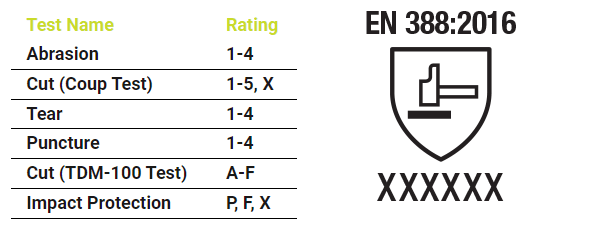
Protective gloves against thermal risk (heat and/or fire)

Protective gloves against cold

Each glove should be marked with:
 Name of manufacturer
Name of manufacturer Glove and size designation
Glove and size designation Date of manufacturing (month & year) (where applicable)
Date of manufacturing (month & year) (where applicable) CE mark
CE mark Appropriate pictograms accompanied by the relevant performance levels and the reference of the EN standard
Appropriate pictograms accompanied by the relevant performance levels and the reference of the EN standard
Each glove should be marked with:
 Name and address of the manufacturer or representative
Name and address of the manufacturer or representative Glove and size designation
Glove and size designation CE mark
CE mark Usage info – simple design: ‘for minimal risks only’ or intermediate design or complex design: relevant pictograms
Usage info – simple design: ‘for minimal risks only’ or intermediate design or complex design: relevant pictograms



